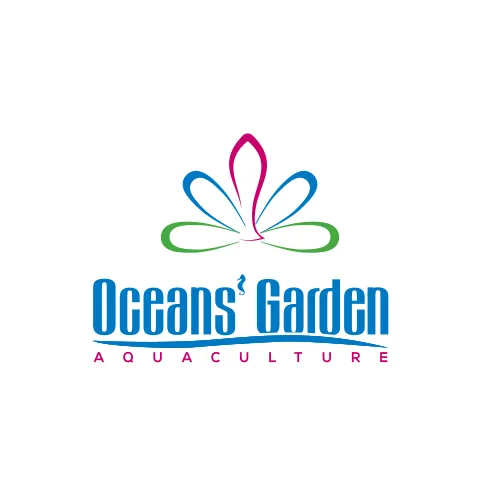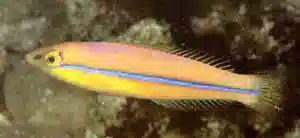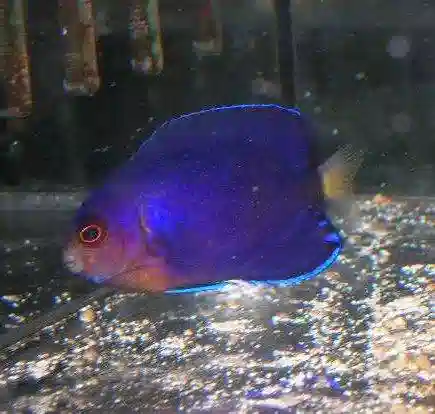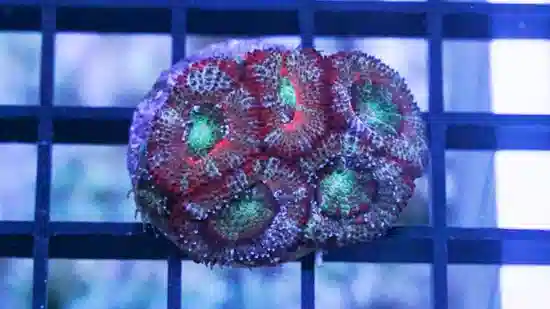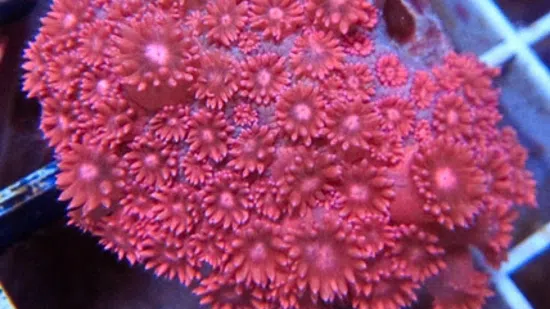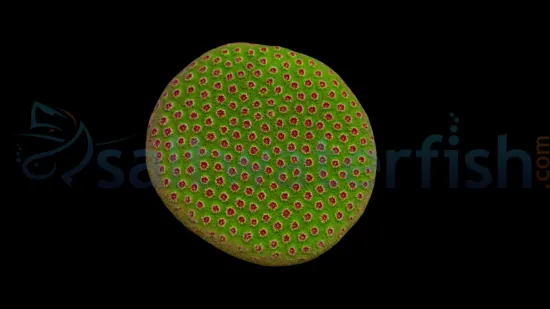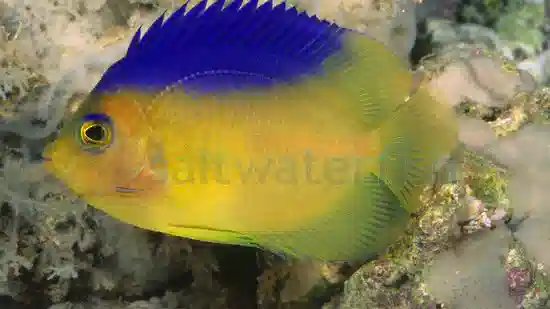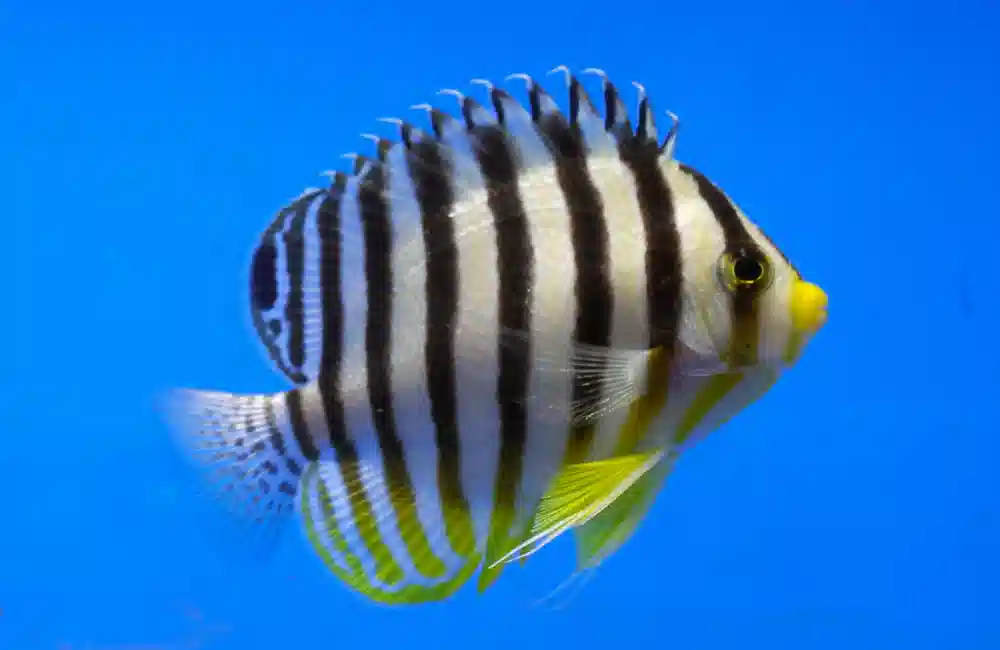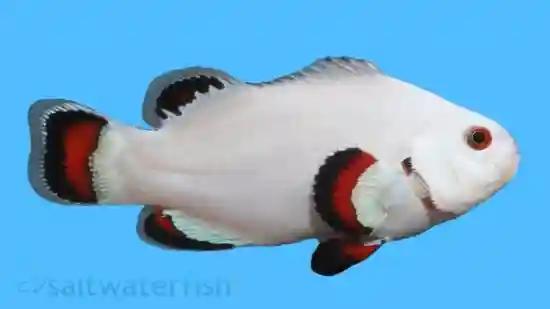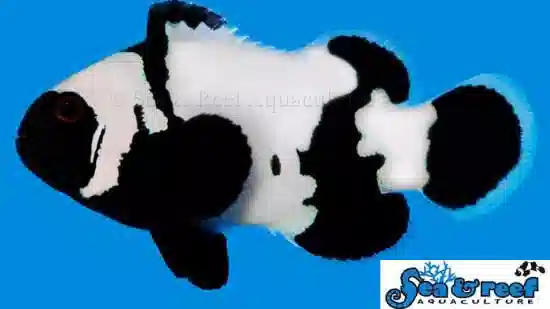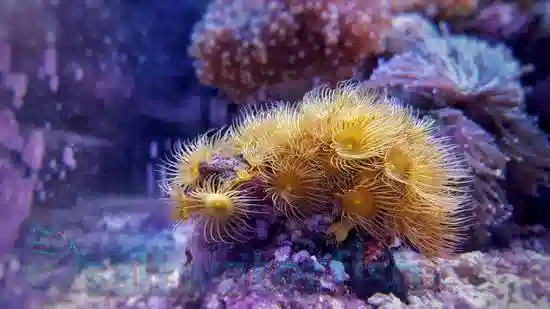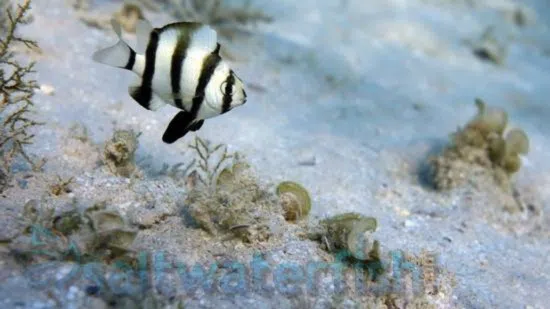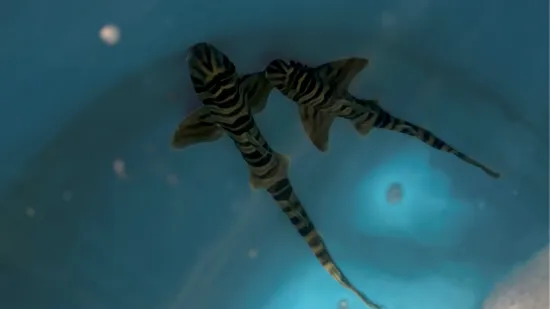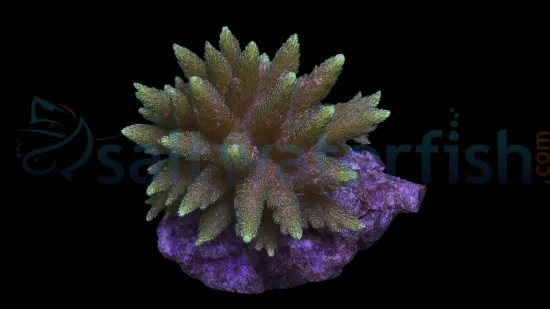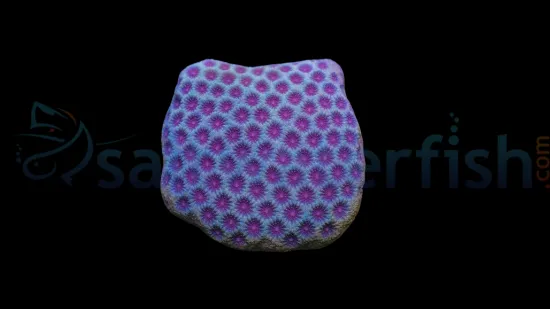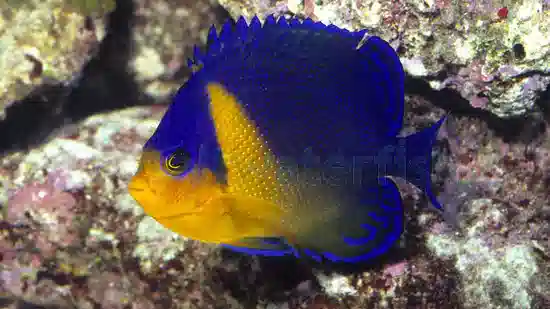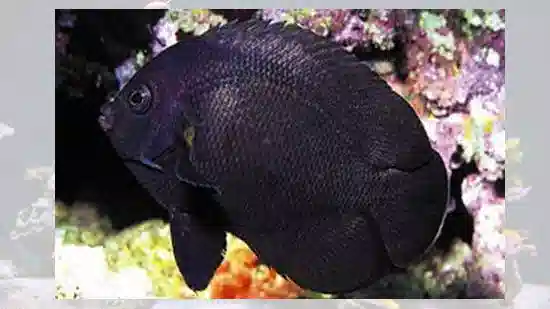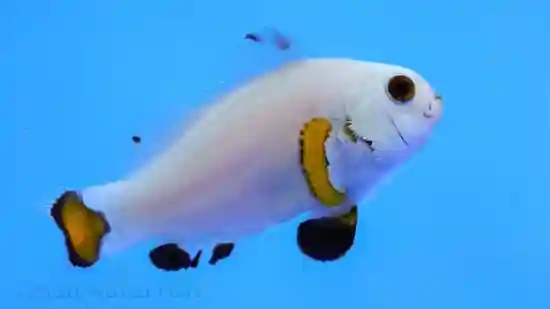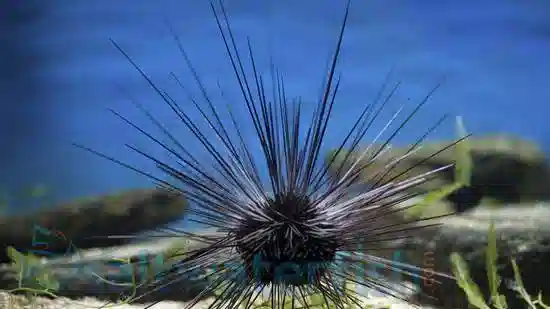 Savings. Shopping.
Savings. Shopping.Potters Angelfish - Hawaii

25 discount codes
The Potter's Angelfish, Centropyge potteri, is commonly referred to as the Potter's Pygmy Angelfish features a brilliant orange colored body along with pale to dark blue stripes along the length of the body. Due to aggression towards other Angelfish they are best kept singly but will do well with other fish.They are not reef safe, as they will nip at soft and stony polyp corals, sessile invertebrates and clam mantles. Diet should include a variety of spirulina, marine algae, seaweed, high quality angelfish preparations, mysis and brine shrimp, 3 times daily. Keeping the Potters Angelfish (Centropyge potteri) in Your Saltwater Aquarium The Potters Angelfish, scientifically known as Centropyge potteri, is a captivating marine species that can be a valuable addition to your saltwater aquarium. This comprehensive guide will provide essential information for those interested in keeping the Potters Angelfish. We will cover various aspects, including its habitat, reef compatibility, size, lifespan, dietary needs in captivity, availability through aquaculture, compatibility with other marine species, sexual dimorphism, juvenile to adult coloration changes, temperament, detailed tank requirements, and precise water conditions. Additionally, we will list common names for this species and highlight practical reasons for choosing the Potters Angelfish from Saltwaterfish.com. Habitat and Natural Range of the Potters Angelfish The Potters Angelfish is native to the warm waters of the Pacific Ocean, specifically in the Hawaiian Islands. You can find this species in its natural habitat around rocky and coral-rich areas. To ensure the well-being of your Potters Angelfish in captivity, it's essential to replicate these conditions within your aquarium. Reef Compatibility of the Potters Angelfish Potters Angelfish are generally considered not reef safe. They tend to graze on algae and are likely to damage corals or other invertebrates. However, as with any marine species, individual personalities can vary, so monitor their behavior when introduced to a reef tank. Size and Lifespan of the Potters Angelfish The Potters Angelfish typically reaches a size of about 4 to 5 inches (10 to 13 centimeters) in captivity. They can have a lifespan of 5 to 7 years or more with proper care. Diet in Captivity of the Potters Angelfish Feeding your Potters Angelfish a balanced diet is crucial for its health and vibrant coloration. Include the following foods in their diet: High-Quality Marine Pellets: Incorporate high-quality marine pellets into their daily feeding routine to provide essential nutrients. Frozen and Fresh Foods: Supplement their diet with various frozen and fresh offerings, such as brine shrimp, mysis shrimp, and enriched frozen preparations. Vegetable Matter: Potters Angelfish are herbivorous and benefit from including marine algae and plant matter in their diet. Offer seaweed sheets or clips to meet this dietary requirement. Aquaculture and Availability of the Potters Angelfish While some Potters Angelfish are available through aquaculture, many in the aquarium trade are still wild-caught. To ensure the health and well-being of your new addition, it's advisable to choose reputable suppliers like Saltwaterfish.com. Compatibility with Other Fish and Invertebrates Potters Angelfish typically have a peaceful temperament and can coexist with various tankmates. Here are five compatible species to consider: Flame Angelfish (Centropyge loricula): These small angelfish often make suitable companions. Yellow Tang (Zebrasoma flavescens): Peaceful herbivores like Yellow Tangs can coexist peacefully with Potters Angelfish. Clownfish (Amphiprion spp.): Known for their symbiotic relationships with anemones, clownfish are compatible with Potters Angelfish. Royal Gramma (Gramma loreto): These small, peaceful fish can coexist harmoniously in your aquarium. Cleaner Shrimp (Lysmata amboinensis): Potters Angelfish can often be kept with cleaner shrimp without issues. Sexual Dimorphism of the Potters Angelfish Potters Angelfish do not exhibit significant sexual dimorphism, making it challenging to distinguish between males and females visually. Juvenile to Adult Coloration Changes Juvenile Potters Angelfish display a striking yellow and blue coloration. As they mature into adults, their coloration changes to a more subdued blue-gray with a yellow tail. Tank Requirements for the Potters Angelfish To provide an ideal environment for your Potters Angelfish, adhere to these tank requirements: Minimum Aquarium Size: A tank with a capacity of at least 70 gallons (284 liters) is recommended for a single Potters Angelfish. A larger tank provides ample swimming space. Decor and Hiding Places: Incorporate live rock structures, caves, and hiding spots to pr…
Save on Potters Angelfish - Hawaii with a Saltwaterfish.com discount code
Checkmate is a savings app with over one million users that have saved $$$ on brands like Saltwaterfish.com.
The Checkmate extension automatically applies Saltwaterfish.com discount codes, Saltwaterfish.com coupons and more to give you discounts on products like Potters Angelfish - Hawaii.



